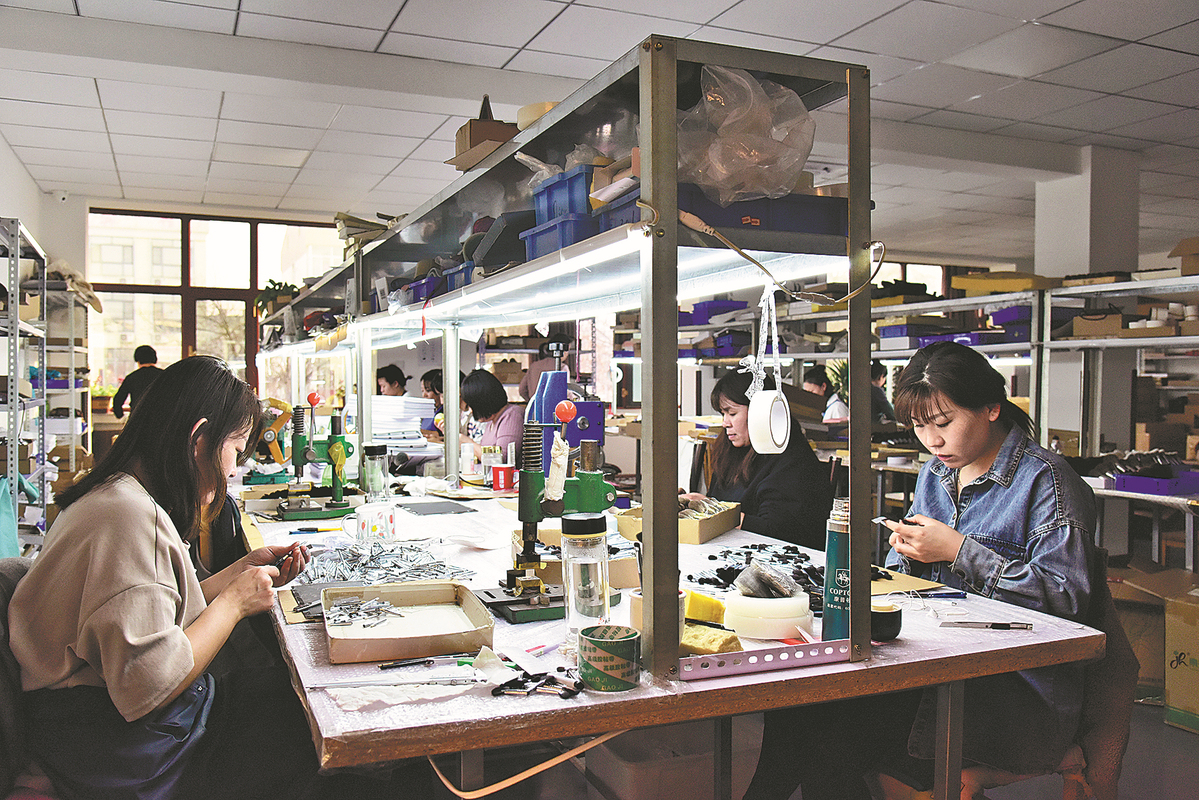Hu Na is a skilled worker from Cangzhou’s Qingxian county in Hebei province, about 170 kilometers southeast of Beijing, who recently demonstrated on e-commerce platform Taobao how to make a makeup brush. She carefully weighed out an amount of wool and used a comb to create a small, jar-like mold for the brush. Then she tamped the wool down in the jar dozens of times until it became more solid and even. Hu explains that the brush’s bristles must be full and symmetrical to meet quality standards.
Qingxian is home to over 16,000 workers like Hu who produce more than half of the makeup brushes sold in China each year, generating 1.9 billion yuan ($275.8 million) in revenue, 8.5% of which is from export earnings. The county is one of China’s biggest producers of makeup brushes, with 253 brush manufacturers, 16 of which are built with foreign investment, and over 1,000 factories that make related and supporting materials.
Kang Shaoxing, president of the Qingxian Makeup Brush Industry Association, attributes the county’s large market share to the more than two decades of history it has in making makeup brushes. The county’s biggest competitive advantage comes from its history of producing makeup brushes for well-known international brands, which has given local companies and their workers a wealth of experience. Qingxian companies produced mainly for large brands at first, then started creating their own brands. Qingxian Xingyuan Makeup Brush Factory, for example, made products for over 150 well-known brands at home and abroad, including Chanel, Bobbi Brown, MAC, and Maybelline, before creating and registering its own brand, Energy, with over 500 different kinds of products in 2011. The county has registered more than 500 local brands with almost 200 patents in makeup brush innovation and design. Drawing from years of experience and strong capability in innovation, Qingxian has been able to target its products at middle and high-end markets.
Read More:
